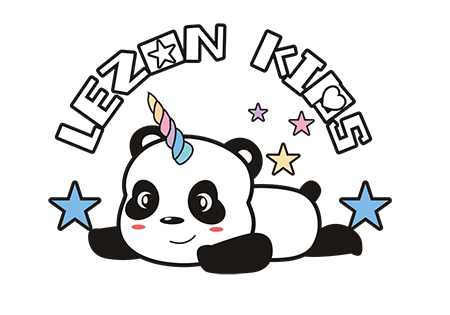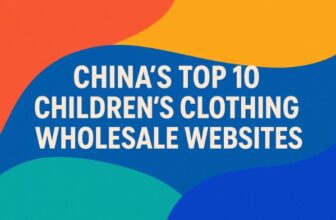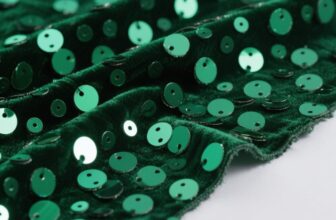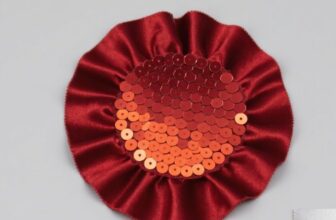The Best Cost-performance in Childrens Clothing Wholesale
2025-05-23
Interpreting the LEZONKIDS Value Formula
In the fiercely competitive childrens clothing market, cost control and profit growth remain core challenges for brand operations. For small and medium-sized Childrens clothing brand, the cost logic behind every decision directly impacts business sustainability. This ranges from fabric procurement at the supply chain’s source to wholesale pricing in the terminal market. Efficiency improvements in each link can be key to breaking through profit bottlenecks.
I. The Cost Black Hole in Traditional Supply Chains: The “Invisible Killers” Devouring Profits
Consider a London Childrens clothing buyer struggling with unsold inventory. Meanwhile, a Dubai retailer pays high fees for storing out-of-season styles. In New York, a new brand founder cuts marketing budgets due to repeated sample costs. These scenarios reveal a harsh truth: in traditional Childrens clothing supply chain, visible costs are just the tip of the iceberg. Real threats hide beneath the surface.
1.1 Analysis of Hidden Costs: Layered Losses from Design to Shelf
- The Trap of Sample Fees: Traditional factories charge an average of $80 per sample. Brands often need 3-5 modifications to finalize a design. This means developing one style could cost $400—43% of the production cost for 50 small-order items.
- The Black Hole of Style Modification Costs: Changing a round neck to a POLO neck? Traditional supply chains require re-paying a $200 cutting template fee and $15/hour manual debugging costs.
- Calculation of Warehousing Losses: Many small brands overlook warehousing. However, Backlog of goods requires manpower and space, forming significant costs.
Warehousing Operation Chain Position Costs and Configuration Table
| Position Type | Per Capita Monthly Cost (Second-Tier Cities) | Standard Staff for 1000㎡ Warehouse |
|---|---|---|
| Warehouseman | $5000-8000 | 2-3 people |
| Loader | $6000-10000 | 4-6 people |
| System Operator | $8000-12000 | 1-2 people |
Key Data:
- Labor costs account for 35%-50% of total warehousing costs, a core expense.
- Every 30-day inventory increase raises labor costs by 12%-18% (due to more frequent sorting, inventory checks, and management).
1.2 The Marginal Cost Dilemma of Small Batch Orders
Numbers don’t lie: When orders drop from 500 to 50 pieces, traditional factories’ marginal costs surge:
- Fabric Purchasing: Reflective cloth costs $8.5/m at market price. For 50-piece orders (below the minimum), the price spikes to $12/m.
- Labor Efficiency: Small-order line-change debugging time jumps from 7% to 35%, adding $2.3 per piece in costs.
- Logistics Amortization: A full sea freight container costs $2800. Unfilled containers double the per-piece logistics cost.
II. The LEZONKIDS Cost Reconstruction Model: Reshaping the Value Chain with Smart Algorithms
2.1 Cost Advantages under Economies of Scale: The Power of Aggregation
Fabric Centralized Purchasing Price Comparison Table
| Fabric Type | Traditional Price ($/m) | LEZONKIDS Group Price ($/m) | Reduction |
|---|---|---|---|
| Organic Cotton Knit | 6.8 | 5.9 | 13.2% |
| Reflective Cloth | 8.5 | 7.2 | 15.3% |
| Bamboo Fiber Blend | 9.7 | 8.3 | 14.4% |
Data Source: 2025 LEZONKIDS Supply Chain Annual Report.
This stems from our intelligent centralized purchasing system. By aggregating orders from 870 global clients, we turn small orders into large ones. Ordering 50 reflective jackets? You get the bargaining power of 5000-piece orders.
This stems from our intelligent centralized purchasing system. By aggregating orders from 870 global clients, we turn small orders into large ones. Ordering 50 reflective jackets? You get the bargaining power of 5000-piece orders.
Automated Cutting System Benefits:
- Cost Reduction: AI layout boosts fabric utilization to 94%, cutting waste by 12% vs. traditional methods.
- Value Addition: Scraps become premium accessories via our “zero waste” system:
• 0.3+㎡ fabric → Matching hairbands (cost $0.8, sell $7.5)
• 0.1-0.3㎡ fragments → Tie-dyed limited-edition patches (cost $0.2, sell $3.9)
An Australian client recouped 21% of main product costs through scrap accessories alone.
2.2 Value Creation through Rapid Turnover: Time as Liquid Cash
14-Day Delivery’s Cash Flow Magic:
Compared to the traditional 45-day cycle, LEZONKIDS’ 14-day model means:
Compared to the traditional 45-day cycle, LEZONKIDS’ 14-day model means:
- 300% higher capital utilization: With $100k monthly capital, traditional models turn over 8x yearly; we enable 32x.
- 5x better hit capture: When “fluorescent dinosaurs” trended on social media, a Sydney client got 500 pieces to shelves in 9 days—selling out at peak demand.
Inventory-Free Product Selection:
- Test Model Strategy: Use 50-piece orders to validate markets. Data shows:
• Designs with >5% click-through rate have a 73% chance of being hits.
• Styles with >8% collection rate deserve immediate reorders. - Flexible Replenishment: For Instagram viral styles, we offer 24-hour urgent production (10% rush fee only).
III. Commitment to Effective Quality Control: Balancing Speed and Precision
3.1 The Intelligent Detection Workshop: Precision Beyond Human Eyes
In LEZONKIDS’ smart factory, every garment undergoes three tech checks:
- Millimeter-Level Size Scan: A laser scanner verifies 16 measurements in 0.3 seconds, alarming at ±0.5cm errors.
- Decorative Firmness Test: A mechanical arm simulates 15kg child pull, testing 50 times for no shedding.
- Color Difference Analysis: An optical system 1000x more sensitive than human eyes ensures ΔE ≤1.5 within batches.
Urgent Order Quality Process:
Even for 72-hour rush orders, we conduct:
Even for 72-hour rush orders, we conduct:
- 100% machine inspection + 30% manual sampling.
- 1 in 50 pieces sealed for 90-day keep sample.
3.2 The Human Touch in Quality Control
For orders of 20 or 2000 pieces:
- 10% Inspection Rate: At least 2 pieces checked for 20-piece orders.
- Zero Defect Policy: 1 defective item triggers free full-batch rework.
A Middle Eastern client returned 18 pieces due to sequin issues. We reissued replacements in 48 hours and upgraded welding tech, achieving zero later complaints.
IV. Support from a 6000㎡ Smart Factory: Your Dedicated Advisor
Every client gains “strategic advisor” support:
- Cost Actuary Service: Enter your target price, and our experts recommend optimal processes.
Case: Switching a dress from hand embroidery to laser cutting cut costs from $6.7 to $4.3/piece while doubling efficiency. - Cultural Adaptation Experts: Market-specific solutions:
• Middle East: Anti-scratch linings for abayas.
• Europe/North America: Improved hip openings for one-pieces.
• Australia: UPF50+ sunscreen fabrics.
V. Join Us: Maximize Every Budget Dollar
Choosing LEZONKIDS means three certainties:
- Controllable Costs: Small orders get bulk pricing.
- Risk Prevention: 50-piece minimums reduce trial risks.
- Profit Potential: 14-day quick response fuels cash flow.
Immediate Benefits:
- First 30 enquirers get the 2026 Global Children’s Wear Trend Report.
- First orders enjoy 3 free style changes and priority scheduling.
- Get a personalized profit analysis: How much can small batches boost your margins? How to build a resilient supply chain in 3 months?
Conclusion
True value isn’t about low prices—it’s about making every garment a value generator. In LEZONKIDS’ smart ecosystem, say goodbye to inventory stress and hidden costs. Gain the freedom to target markets precisely. When children smile in your designs, that’s the ultimate reward of our supply chain revolution.










